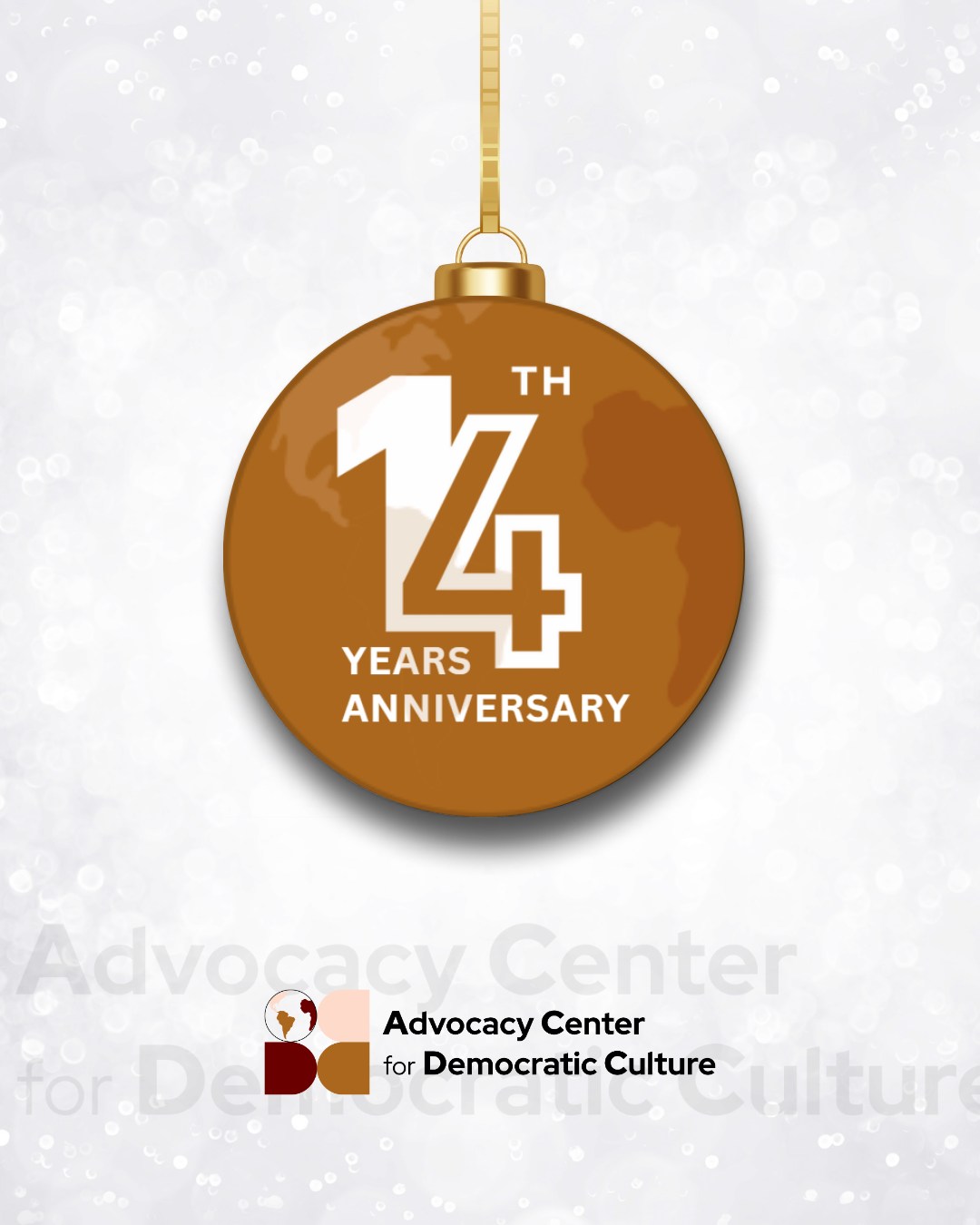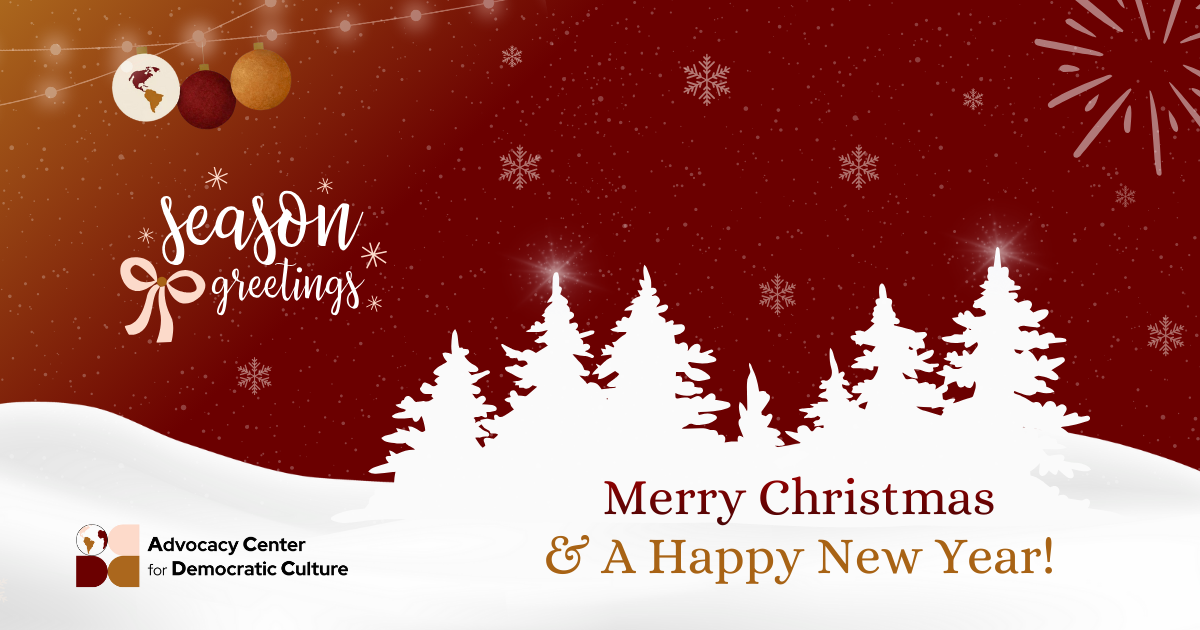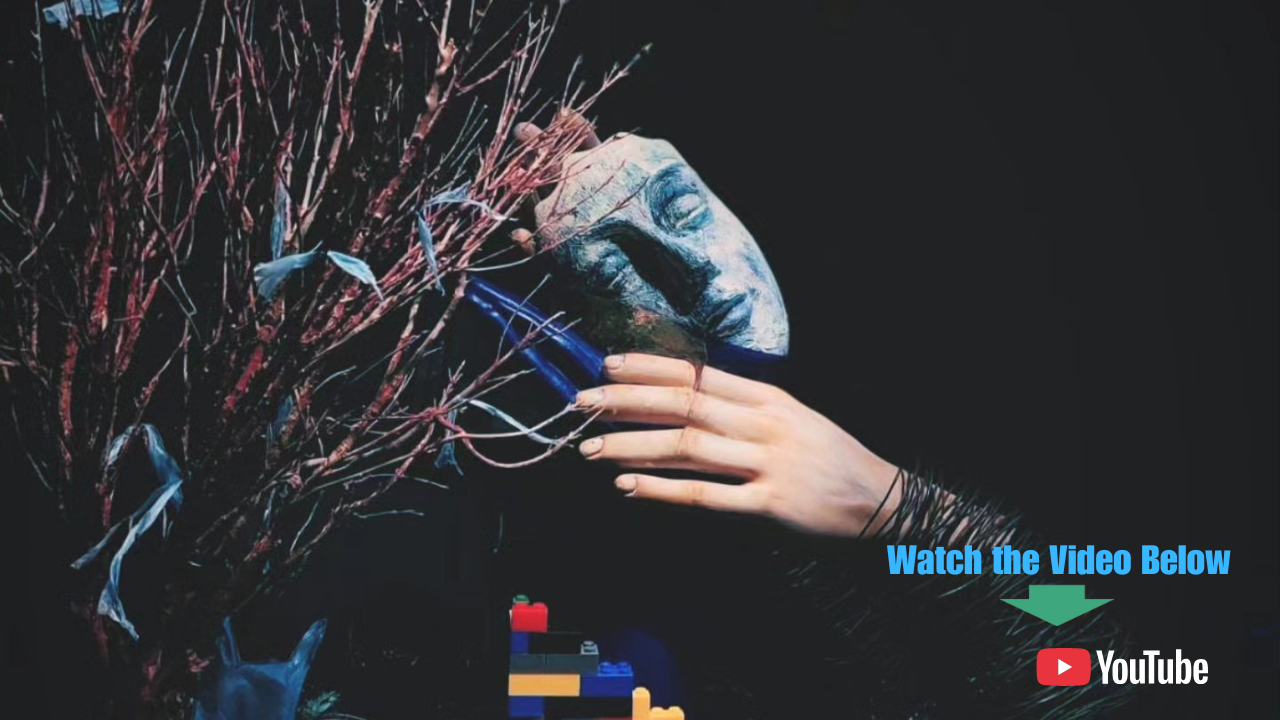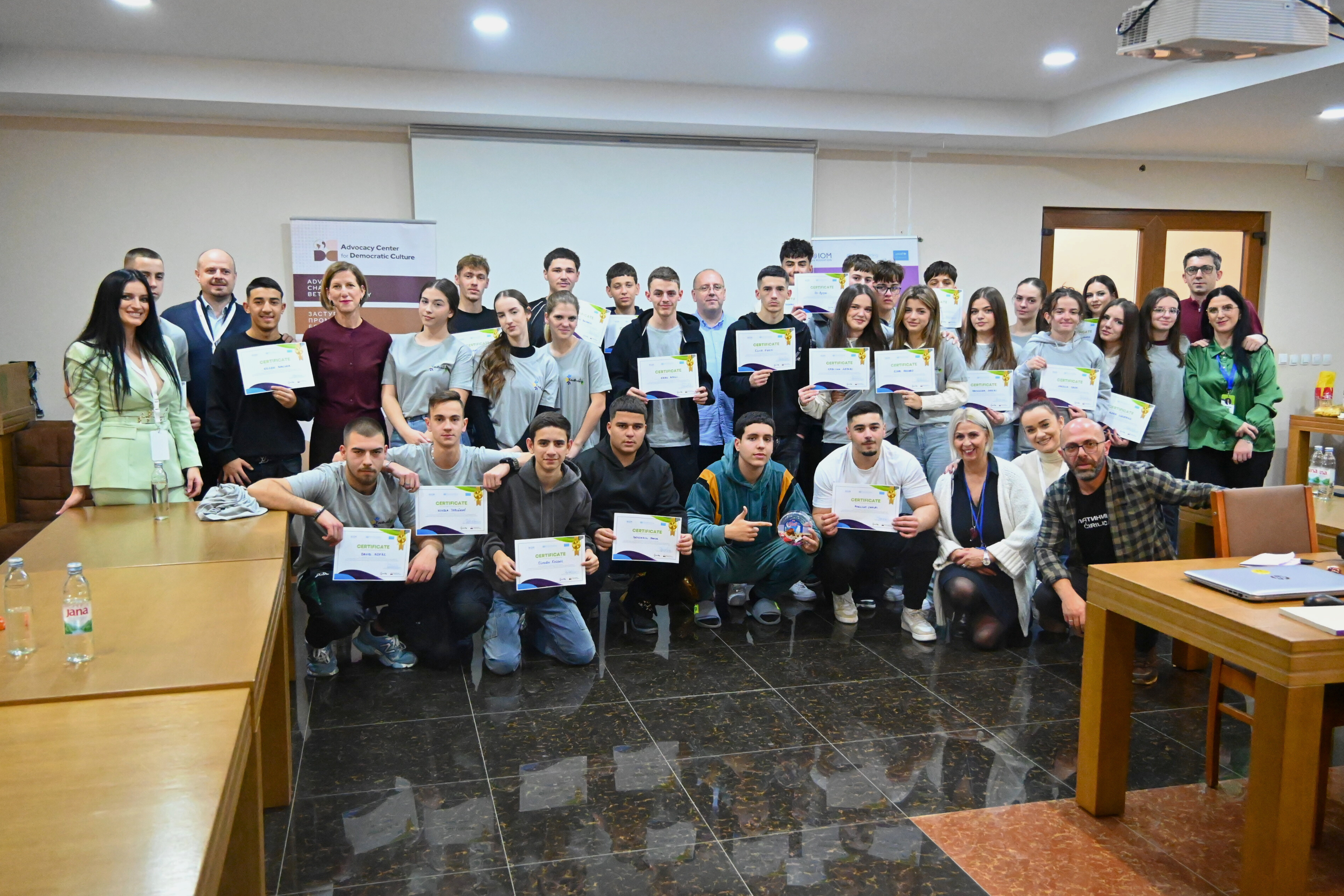02.07.2021. » 09:45
EMPTY SHOES OR BARE FEET
In order to provide answers to local problems related to cultural diversity and cultural exchange and cooperation, it is necessary to explain a broader aspect, ie global phenomena in the field of culture.
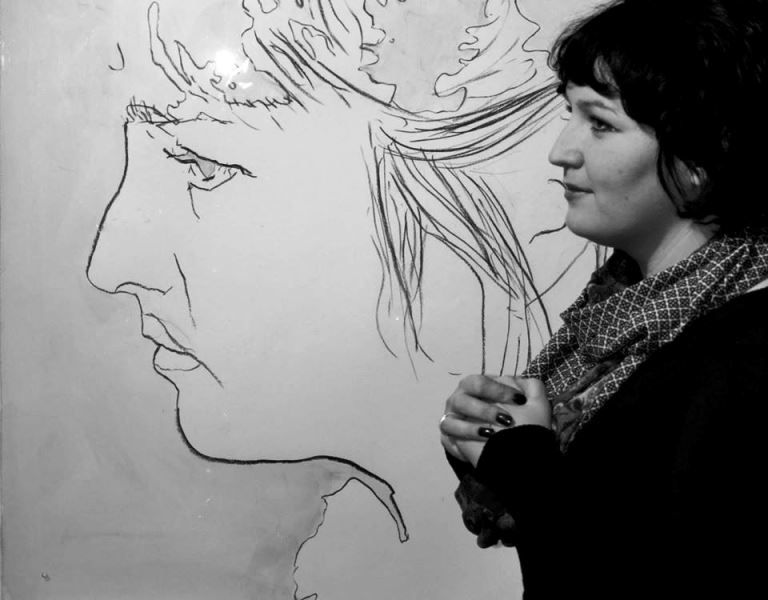
Miljana Dunđerin
In order to provide answers to local problems related to cultural diversity and cultural exchange and cooperation, it is necessary to explain a broader aspect, ie global phenomena in the field of culture.
Perhaps there has never been so much talk about cultural diversity as in the 21st century. The speed of living, the speed of forgetting, the increasing migration, the accelerated development of digital technology, bring cultural diversity to the center of interest, it is becoming one of the main challenges of our time, at least for artists actively involved in cultural creativity and artistic content.
Problems related to cultural cooperation cannot be solved just like that by individuals, although it is common for individuals to initiate it; Cultural cooperation is a type of political volunteerism, and first of all intense enthusiasm is necessary, primarily for cooperation and exchange of knowledge and experiences. That is the basic starting point.
On the other hand, cultural diversity then and now is not the same term. Today, cultural diversity is not only a common heritage of humanity that needs to be protected and studied but also a resource that needs to be managed in the interest of building lasting peace and sustainable forms of development. Cultural cooperation is a type of dialogue in all fields of cultural action, within and across the borders of communities that belong to a certain culture, religion, nation, which have the same geopolitical position. Such a dialogue can be achieved through the cooperation of states, but still more and more comprehensively within the framework of civil society and networking. The practice has shown that cooperation and exchange have created a new dynamic of the cultural scene. Integrating cultural diversity into a wide range of public policies provides a new approach to achieving fundamental goals - building peace and development, conflict prevention, democracy, and human rights. Therefore, projects financed by international investment policy are increasingly appearing as examples of cultural cooperation. Thus, we get shoes in which we can start walking, moving in the direction of achieving further goals ... But - are those shoes correct for us? Are they stinging us? Are they high enough (if the culture is female)? Are the colors adequate (if the culture is male)? Are they intended for a long walk, or just for a show? There are many questions and few answers
People often ask me if Albanians come to you if they exhibit if you cooperate with them, why don't you print the material in Albanian as well, why is everything in Cyrillic? And I just look at the floor in my shoes and wonder how long I’m going to walk in them? Why is a concept such as culture, or, here, an even narrower concept, more precisely a part of it, art, which is of a universal character, reduced to a local problem? How to preserve the dignity, first of all of man, with all his cultural and genetically inherited code? How to preserve the culture as a whole, and in the future enable possible cultural cooperation between members of different ethnic communities who live and create in this area?
We have to be honest. For years, a huge amount of money has been invested to realize projects through various types of artistic expression to affirm certain cultural and political agendas. Artists become activists. And is it a new art form? Or do we just want shoes that we can't afford, so we get into them without trying? The results of such a cultural policy are devastating - outside the projects of non-governmental organizations, Serbian and Albanian cultural institutions, institutions, organizations are still closed to members of other nations.
An artist or a cultural worker, or an activist, needs freedom in order to create, and thus "change the world". It is necessary for him to work in his profession, to be a professional artist, and not a universal master of electricity and water, for the wall. When the artist has freedom, he makes the strongest light, which, over time, flows like water and jumps over all the walls on the road. That light must answer the questions: who we were, who we are now, and who we will be. That is why it is necessary to give the artist space of freedom. Only in that way will it leave a mark in the field of art, and thus a contribution to general culture. How to expect cultural cooperation, if there are no elementary conditions to feel like free beings?
This is the first reason why there is no more intensive interethnic cultural cooperation, and when it exists, it lasts for a short time. Unfortunately, in recent years, we really only have the illusion of cultural exchange and cooperation.
The second reason. I often talk, argue, exchange opinions with young cultural activists from all over the region. Do you know what they say? They say music is connecting people, art is connecting people, but no one is connecting us. What is the real position of cultural workers, artists? Why do the director of the cultural center, the cleaner of the cultural center, the designer, the photographer, and the manager receive a salary, all of them - except the artist? Artists usually have to manage and survive on their own as they know and can. How is it that there are human rights, rights of activism, rights to gender equality, language rights ... and there are no rights for artists, ie creators of the first order? Their rights are actually the most endangered, and they are always there to support all movements and all actions, and to be at the forefront of the fight for the rights of others. Now someone will say how biased I am because of my profession, but it really is. As long as our relationship with artists is like this, cultural exchange and cooperation have no future, because artists are the ones who create it, they are the ones who write the present, they are the ones who wrote history. Art is only a small part of the culture, but it is its foundation. The foundation of the house. When we invite guests to that house of culture, we need the artist, so that we have something to show them.
And what to do until a better relationship with art and more successful cultural cooperation is established?
We need to stop asking ourselves whether there is cultural cooperation between Serbs and Albanians, Turks and Greeks, Macedonians and Bulgarians, but what kind of cooperation is that, and is there anything to base it on? Both Albanians and Serbs, and all the people of this world, have only one artist waiting for freedom so that the future would be better for everyone.
* The author of the text is an artist and psychologist, founder and director of the Private Cultural Center "Aquarius" in the northern part of Mitrovica.
Latest news

